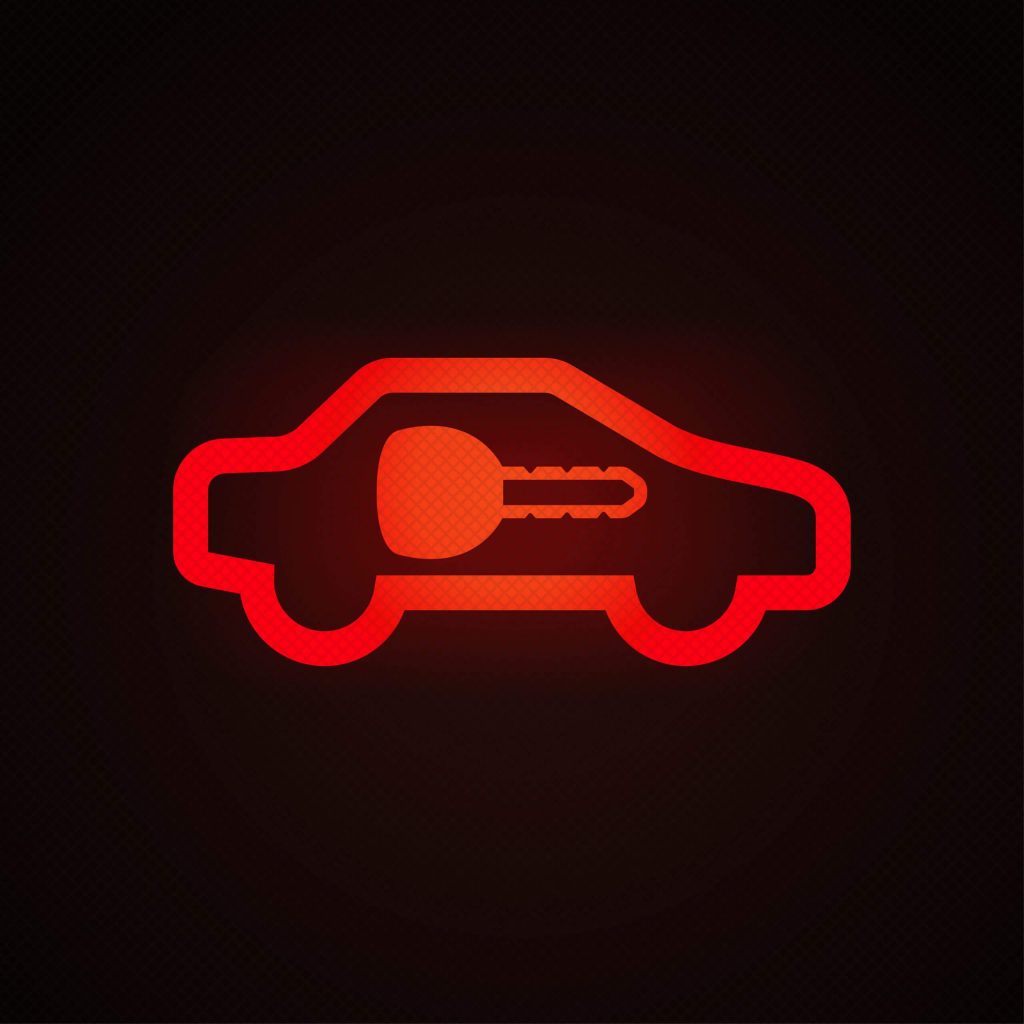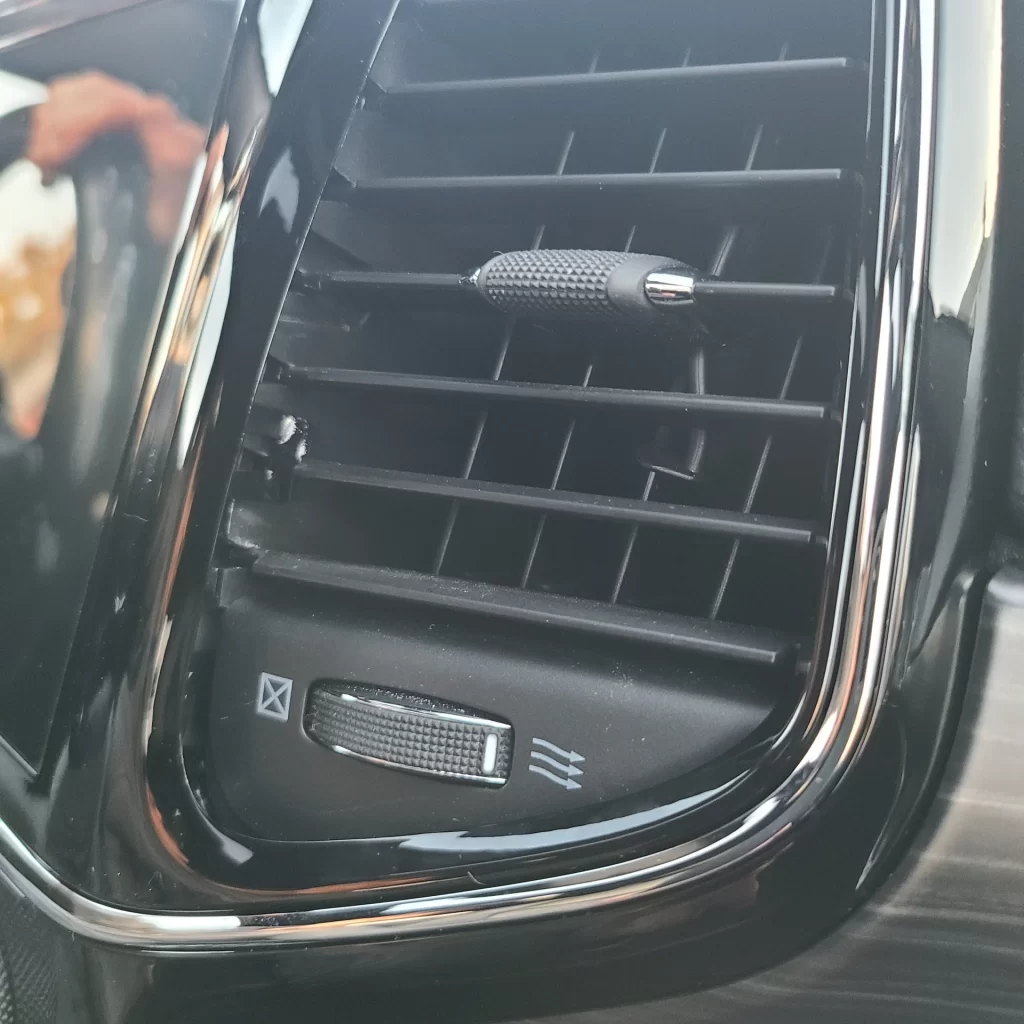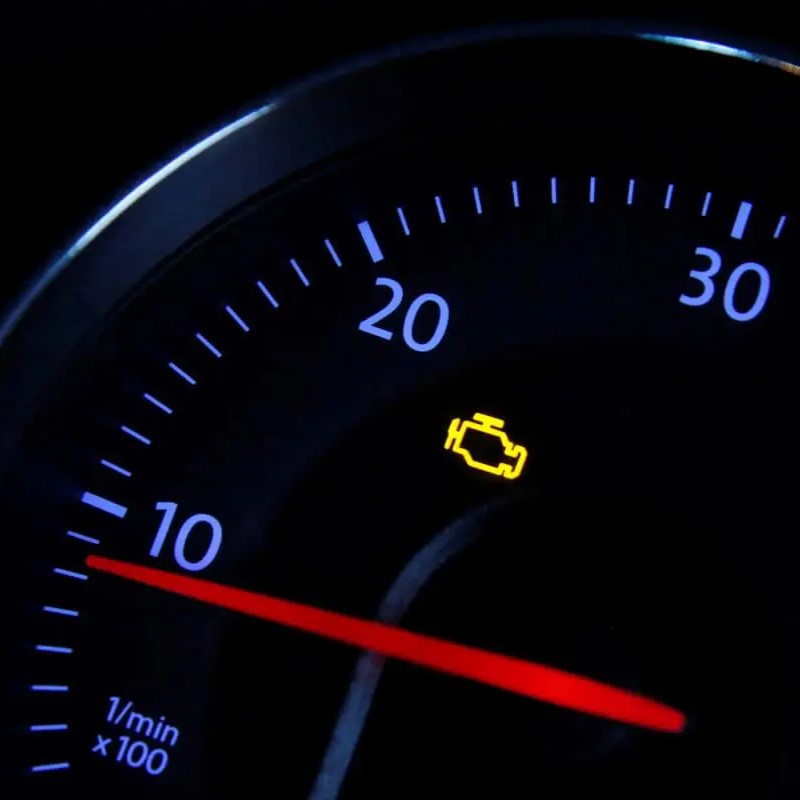Have you ever locked your car and noticed a red light blinking on the dashboard? You might have wondered what it signifies or if there’s something wrong with your vehicle. This article will delve into the reasons behind this common phenomenon and provide you with some additional insights.
Understanding the Red Light
The red light you’re seeing is typically a security indicator light. It’s designed to signal that your car’s alarm system is activated and ready to protect your vehicle from potential threats. This light can be found in various locations on the dashboard. But it’s usually near the steering wheel or the center console.

Common Reasons for the Red Light Blinking
-
Activated Alarm System: The most straightforward reason for the red light blinking is that your car’s alarm system is currently active. This could be due to a variety of factors, such as:
- Manual Activation: You may have intentionally activated the alarm using the remote key or a physical button on the car.
- Automatic Activation: Some cars automatically activate the alarm when the doors are locked and the ignition is turned off.
- Sensor Trigger: A motion sensor, shock sensor. Or other security feature might have been triggered. Leading to the alarm activation.
-
Low Battery: If the battery in your car’s remote key is low, it might not be able to communicate effectively with the vehicle. This can cause the alarm system to malfunction and trigger the red light.
-
Faulty Alarm System: In rare cases, the alarm system itself might be faulty. This could be due to a hardware malfunction, a software glitch, or a wiring issue.

Additional Considerations
- Vehicle Model and Year: The specific behavior of the red light can vary depending on your car’s make, model, and year. Some vehicles might have additional features or settings that affect the alarm system’s operation.
- Remote Key Functionality: If you’re having trouble activating or deactivating the alarm using your remote key, it might be a sign that the key is malfunctioning or the battery is low.
- Alarm System Settings: Some cars allow you to customize the alarm system’s settings. This might include adjusting the sensitivity of the sensors or enabling or disabling certain features.
Regular maintenance of the car’s security system
Regular maintenance of your car’s security system is essential to ensure its optimal performance and protect your vehicle from theft and vandalism. Here are some key maintenance tasks to consider:
Battery Replacement
- Remote Key Battery: Regularly check and replace the battery in your car’s remote key. A low or dead battery can prevent the alarm system from activating properly.
- Car Battery: A weak car battery can also affect the alarm system’s functionality. Ensure your car’s battery is in good condition and replace it if necessary.
Sensor Checks
- Motion Sensors: Test the motion sensors by walking around your car and observing if the alarm is triggered. If it’s not, the sensor might be malfunctioning.
- Shock Sensors: Try gently tapping or bumping your car to see if the alarm is activated. This will help assess the functionality of the shock sensors.
Alarm System Testing
- Regular Testing: Periodically test your alarm system to ensure it’s working as intended. Activate the alarm and verify that it sounds and deactivates correctly.
- Remote Key Functionality: Check if your remote key can activate and deactivate the alarm without any issues.
Wiring Inspection
- Visual Inspection: Inspect the wiring for any signs of damage, such as fraying, cuts, or corrosion. Damaged wiring can lead to malfunctions and security vulnerabilities.
- Professional Check: If you notice any issues with the wiring. It’s recommended to have it inspected by a qualified mechanic or automotive technician.
Software Updates
- Check for Updates: Some modern cars have alarm systems with software updates. Check with your car manufacturer or dealership to see if any updates are available for your vehicle.
Professional Maintenance
- Regular Servicing: Consider having your car’s security system professionally serviced at regular intervals. This can help identify and address potential issues before they become more serious.
By following these maintenance guidelines, you can help ensure that your car’s security system is functioning properly and providing the protection you need. Remember, a well-maintained security system is a valuable asset in safeguarding your vehicle.
Troubleshooting Tips
If you’re concerned about the red light blinking or if you’re having trouble with your car’s alarm system, here are some troubleshooting tips:
- Check the Remote Key Battery: Replace the battery in your remote key if it’s low or dead.
- Try Locking and Unlocking Manually: If your remote key isn’t working, try locking and unlocking the doors manually using the physical key.
- Inspect for Damage: Check for any visible damage to the alarm system components, such as the sensors or wiring.
- Consult the Owner’s Manual: Refer to your car’s owner’s manual for specific instructions on how to activate, deactivate, and troubleshoot the alarm system.
- Seek Professional Help: If you’re unable to resolve the issue on your own. It’s recommended to consult a qualified mechanic or automotive technician.

Importance of staying vigilant and proactive about car security
In today’s world, car theft and vandalism continue to be significant concerns. Staying vigilant and proactive about your car’s security can help protect your vehicle and your belongings. Here are some key reasons why:
Prevention of Theft and Vandalism
- Deterrence: A well-secured car can deter potential thieves. Visible security measures, such as a steering wheel lock or an alarm system, can make your vehicle less attractive to criminals.
- Reduced Risk: By taking proactive steps. You can significantly reduce the risk of your car targete.
Protection of Valuables
- Safety: Keeping valuables out of sight can prevent them from stole. Avoid leaving items like laptops, purses, or electronics visible in your car, even when parked in a seemingly safe area.
- Avoidation of Break-ins: Thieves often target cars specifically to search for valuable items. If there’s nothing worth stealing, they’re less likely to break into your vehicle.
Peace of Mind
- Reduced Stress: Knowing that your car is secure can provide you with peace of mind. It can alleviate the stress and anxiety associated with the fear of theft or vandalism.
- Enhanced Confidence: A well-protected car can boost your confidence and sense of security, allowing you to enjoy driving without constant worry.
Insurance Benefits
- Lower Premiums: In some cases, taking proactive steps to secure your car can lead to lower insurance premiums. Insurers often reward policyholders who implement security measures.
- Faster Claims: If your car is stole or vandalize. Having evidence of security measures in place can expedite the insurance claims process.
Key Proactive Steps for Car Security:
- Park in Well-Lit Areas: Avoid parking in dark or secluded areas, as these can be more attractive to criminals.
- Use a Steering Wheel Lock: A steering wheel lock can deter thieves and make it more difficult to steal your car.
- Install an Alarm System: An alarm system can alert you to potential intruders and deter thieves.
- Avoid Leaving Valuables in Plain Sight: Keep valuables hidden or locked in a trunk or glove compartment.
- Consider a Car Tracker: A car tracker can help locat your vehicle if it’s stole.
- Regularly Check Your Car: Before leaving your car, take a moment to inspect it for any signs of tampering or damage.
By staying vigilant and taking proactive steps to secure your car, you can significantly reduce the risk of theft and vandalism, protecting your vehicle and your peace of mind.
The red light blinking on your car’s dashboard is a common occurrence that usually indicates that the alarm system is active. Understanding the reasons behind this phenomenon can help you troubleshoot any issues and ensure the security of your vehicle. By following the tips and information provided in this article, you can effectively manage your car’s alarm system and enjoy peace of mind.





